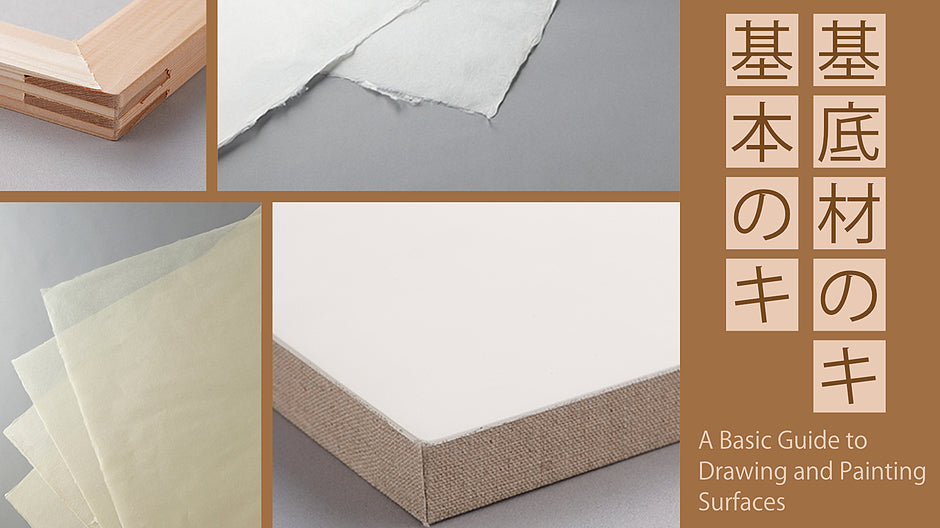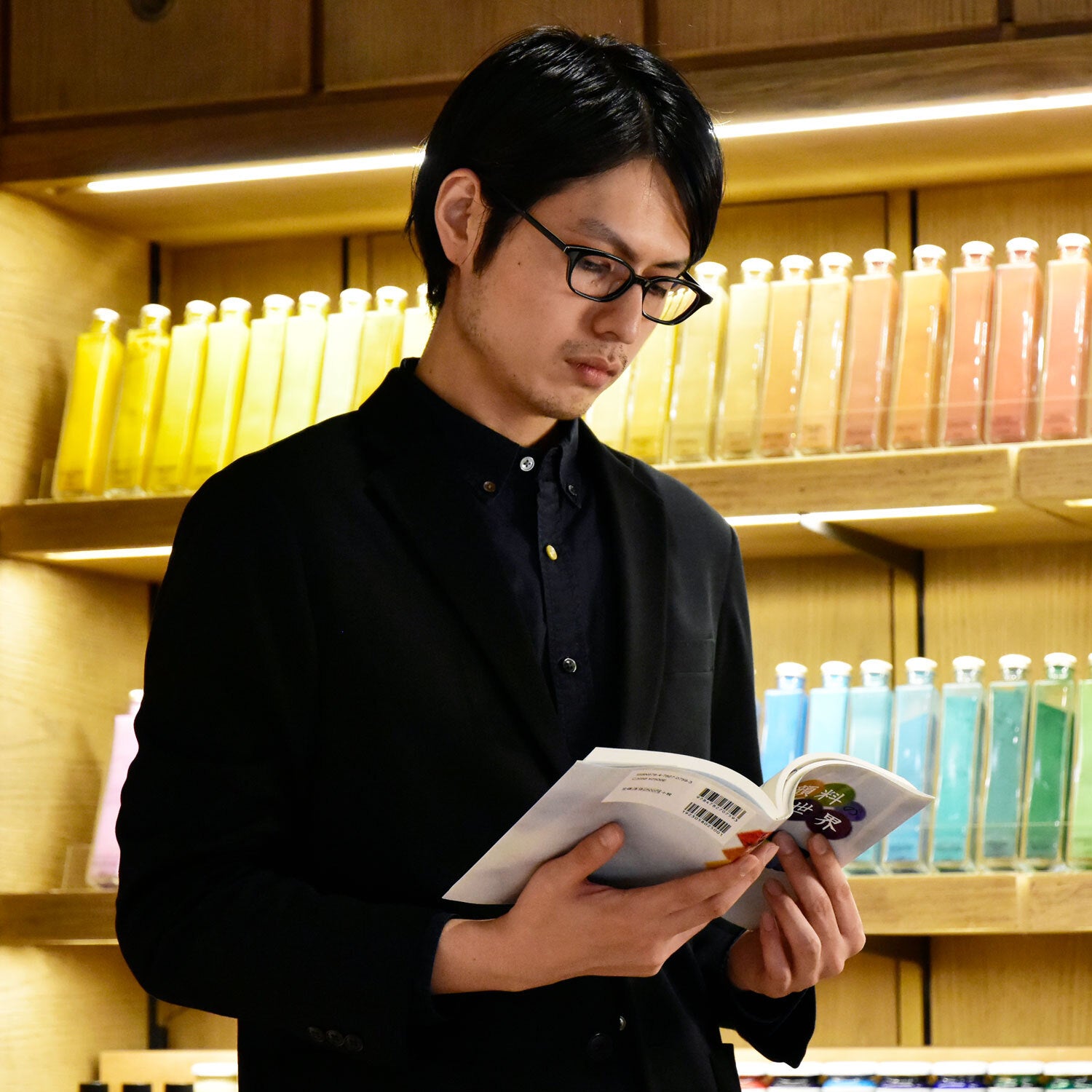The surface on which paintings are painted is called "grounds", from canvases and scrolls that can move around easily, and paintings that are integrated with buildings or walls such as murals, to natural surfaces such as stones and trees.
The surface that holds the painting on or the basic substructure of the painting is called support. Each type of support has its own characteristics and is suitable or unsuitable depending on the medium used. We have introduced and mentioned all kinds of support on our website and articles several times now.
Therefore, this time, let’s take a look back at the previous articles, I have picked out a few types of supports that can be easily used even for beginners.
To begin with, the supports used for painting can be divided into two main types.
First, is the watercolor paper or drawing paper, this type of support does not need to be stretched.
In PIGMENT TOKYO, the following products fall into this category.
The main attraction of these types of support is that they can be painted and used with a paintbrush directly to the painting surface without too much preparation or sizing the paper.
The moderate thickness of these papers also makes it difficult to wrinkle even when it contains water or animal glue, allowing you to start working on your painting immediately.
Check it out on "Comparison of Paper -MADE IN JAPAN-", for more information about the characteristics of each type of paper that we have in PIGMENT TOKYO.

https://pigment.tokyo/en/blogs/article/98
For those who don't know what to use or which to choose, here’s an article about painting materials recommended by Nami Yoshida, an illustrator and PIGMENT TOKYO art material expert.

https://pigment.tokyo/en/blogs/article/80
The second is canvas and Washi paper (or Japanese paper). These are supports that need to be fixed to a drawing board, panel or frame.
In the case of canvas, you need special pliers to stretch and fix the cotton canvas to the wooden frame.
(For more details, please refer to "How to Stretch a Canvas" on the Holbein Art Materials official page.https://holbein-shop.com/?mode=f16)
Canvas Pliers by Holbien have a protrusion on the top surface to support the wrapping and stretching.
Mashi, a type of Washi paper made of Kozo and Hemp, thin supports like Washi paper and cotton are too soft for drawing on their own, so they need to be fixed to a wooden frame or drawing board.
You can learn how to mount the supports in the following tutorial video.
Moreover, you can mount your own canvas by stretching raw linen canvas. For those who are interested in the mounting method, here’s the link to the article, 「How to Make the Basement of Canvas on Wooden Panel」.
Using a panel not only makes the canvas stronger than a wooden frame, but also allows you to create a stronger resistance than when it is stretched with tacks.
「How to Make the Basement of Canvas on Wooden Panel」

https://pigment.tokyo/en/blogs/article/46
Here’s another type of support called YUPO paper α. It can be applied to the drawing board by using the above-mentioned methods, however, since YUPO paper α is very thin and can be a little difficult to stretch and apply, so for those who are interested in mounting YUPO paper α, please contact us for more information.
YUPO paper α can only be stretched and applied by using a special glue. Contact information and more details about this product can be found in the following article.

https://pigment.tokyo/en/blogs/article/88
There are still many more kinds of painting support that I couldn’t introduce in this article.
However, feel free to contact PIGMENT TOKYO's art material experts if you have any questions or concerns about supports or other art materials.









